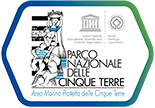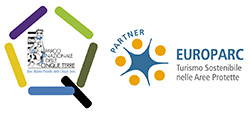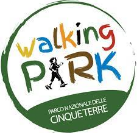The Two Gulfs
Portovenere, one of Italy's best known seaside resorts
The Romans already knew this village, which owes its name to the presence of a temple dedicated to the goddess of beauty. The peculiarity of the houses facing the harbour is their tall and narrow shape, the façades are painted in very strong colours (mostly red and yellow); almost all of them are Romanesque, although, towards the western end of the village, there are older ones, with pointed arches, of Tuscan type.
The dwellings generally have two entrances, one towards the beach, for boats, and one overlooking the road, the carruggio that runs parallel to the coast, but at a higher altitude. Their typical structure has three rooms on each floor of which, the central one, has no windows. The constructions are also leaning against each other for defensive reasons. Within the village, there are no cross streets, only a few sub-porticos called 'chapters', which, with steep steps, connect the street to the port or the beach. Right on the extreme western tip of the village is the Church of S. Pietro; it is a Romanesque-Gothic construction of Ligurian type built on the remains of the ancient temple of Venus. From here one can enjoy a splendid panorama; from the Romanesque loggia one can see the first stretch of coastline towards the Cinque Terre, while from the entrance one dominates the gulf and the island opposite.
Another truly evocative part of this ancient village is the 'Grotta di Byron', hollowed out in the rugged rock of the coastline leading to the Cinque Terre. It is dedicated to the English poet Byron (19th century); this was a place of inspiration for his literary works even though, in reality, he never visited it. The original name of the cave was 'Grotta dell'Arpaia'. The most important festival in Portovenere is that of the 'Madonna Bianca', on 17 August. The 14th century parchment depicting the Madonna and Child between St. Anthony Abbot and St. Christophoros arrived in Portovenere, according to tradition, in 1204 together with other sacred relics transported.





